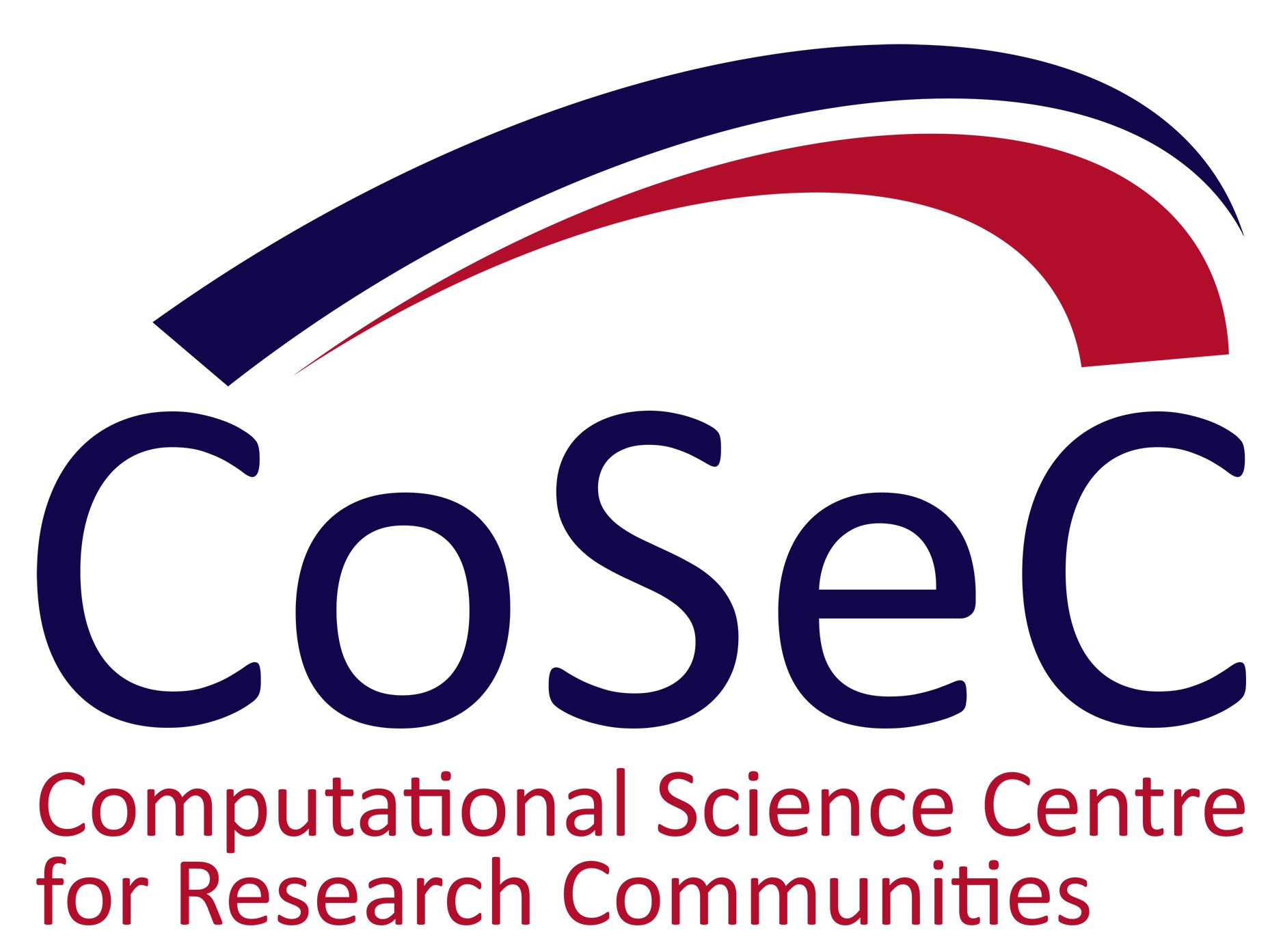
Popular and promising alternatives are fuel cells, and
a substantial amount of research and development has been undertaken to improve the materials used in,
and the design of, these devices. For example, in solid oxide fuel cells (SOFCs) the oxidant (e.g. air, O2
) is
reduced at the cathode. The oxide ions produced from this process are then transported through the solid
electrolyte material, ideally a purely ionic conductor, to the anode where the fuel (e.g. H2
, hydrocarbons) is
oxidised. Electrons generated by this process then flow from the anode to the cathode, completing the circuit
and generating power. Lowering the operating temperature of SOFCs to an intermediate temperature range
of 600 o
C - 800 o
C is an ongoing area of intense research and gadolinium doped ceria (CeO2
) is a key material
suggested as a suitable electrolyte for this purpose.
Full case study
